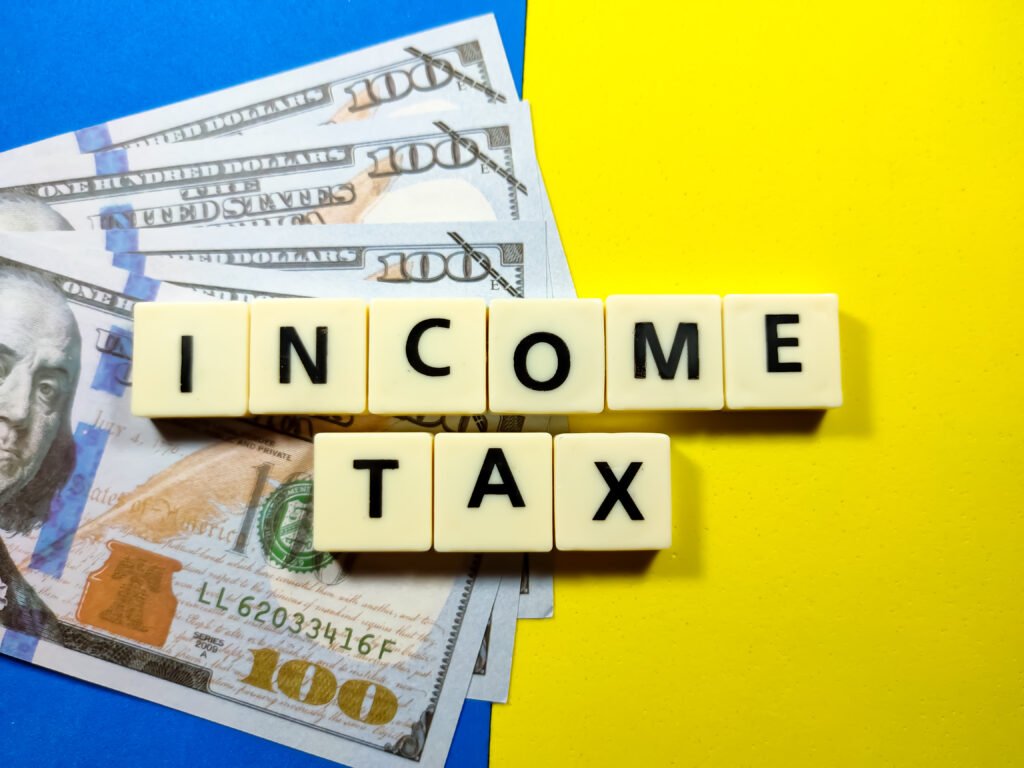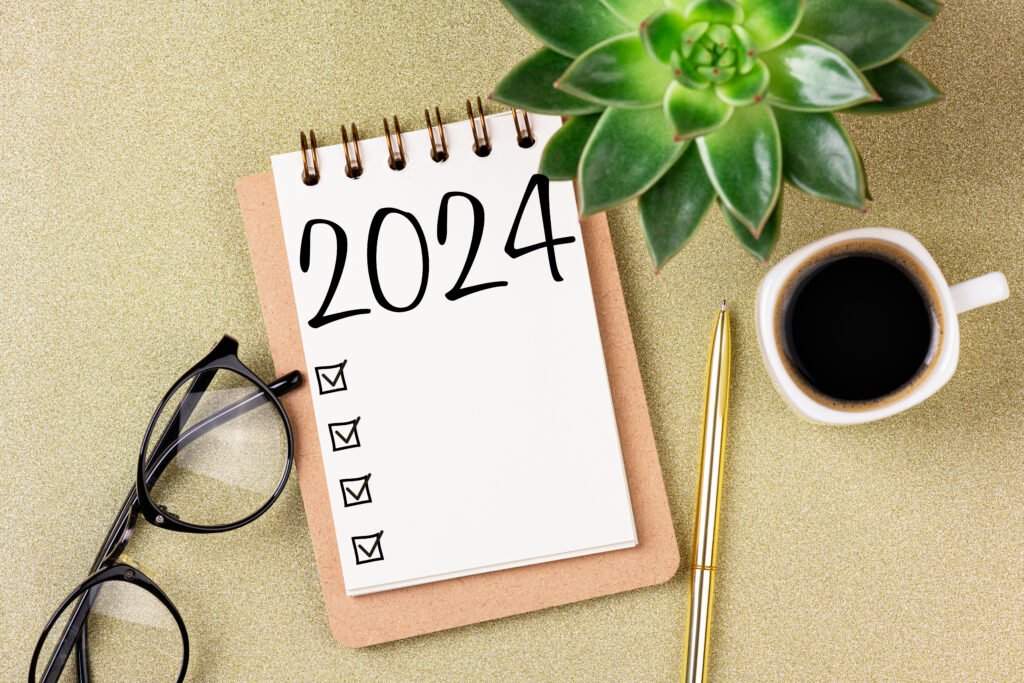Recently I did an article titled: What Tax Bracket Will Your Clients Likely Be in in Retirement? (I’m Tired of the Fear Mongering). To read this article, click on the following link:
https://advisorshare.com/newslettersI got some blowback from the article and with the OnPointe Retirement Planning software’s ability to increase tax brackets by a % annually, I wanted to revisit this issue with more clarity.
To watch a video overview showing OnPointe’s ability to increase annually the income tax brackets (and how that affects retirement income), click on the following link:
https://onpointesoftware.com/bracket-inflationWhat do I mean when I say tax bracket inflation?
Income tax brackets (the 10%, 12%, 22%, 24%, 32%, 35%, and 37%) change every year.
Let’s look at the 28% bracket and the “modified adjusted gross income” (MAGI) you’d need to have if you were married filing jointly to be in this income tax bracket:
-1990 $29,750
-1995 $40,200
-2000 $43,850
-2005 $119,950
-2010 $137,300
-2015 $151,201
-2020 No 28% bracket (to get into the 24% bracket it’s $171,050)
Tax bracket inflation increases quicker than standard inflation! After looking at the data going back to 1990, we found that inflation increased at the rate of 2.7% and that income tax bracket inflation increased at a rate of 3.0%.
What does that mean? It means if your wages kept up with inflation (exactly), the chances of you being in a higher income tax bracket is close to ZERO (because bracket inflation was higher than inflation).
Transitioning from earned income to retirement income
The “average” client is NOT going to have more MAGI in retirement than their last years of gainful employment. Why? Because most retirees will transition from earned income to income from their retirement assets (401(k)s/IRAs, brokerage accounts, annuities, cash value life, etc.)
If that is the case and if income tax brackets shift as they have historically done, how is the client going to be in a higher tax bracket in retirement?
The intellectually honest answer is that MOST clients will NOT be in a tax bracket in retirement.
50% Top Income Tax Bracket
Income tax fear mongers continue say that the top income tax rate is going up and taxes across the board for everyone will also go up. And if this happens it will be tax armageddon.
Does this make sense? The last time we had a 50% income tax bracket was 1986.
To be in the 28% income tax bracket you needed to earn $32,000. To be in the 50% income tax bracket you needed to earn $175,000.
In 1987, when the top rate went back down to 38.5%, to be in the 28% bracket, you had to earn only $28,000.
Interesting isn’t it? When they lowered the top bracket, most people were thrown into the 28% bracket than when the top rate was 50%. BTW, in 1986, there were 14 different income tax brackets (in 1987 there were four and today we have seven).
Illustrating a 50% or Higher Income Tax Bracket in Retirement
In the OnPointe Retirement Planning Software, we built in the functionality of being able to raise the top income tax bracket in retirement in any year to whatever you think it will be. The software uses seven tax brackets and adjusts them based on the top rate.
Let’s look at an example of a typical middle-class client.
Age 55; retire at 65, $150k in a brokerage account, $310k in a 401(k) (and contributing $15k) a year to the 401(k) each year until he retires), $35,000 in SS income at age 65, spending $85k (cash) in the 1st year when he retires, inflation at 2.7%, COLA increase on SS at 2.5%, 6% net rate of return on investment pre-retirement and 4.5% net return after retirement, and married filing jointly.
1) Assumes today’s tax brackets with a 3% inflation increase.
When does he run out of assets in retirement? Age 89 (not bad).
2) Same example but assume the top tax rate when he turns age 70 is 50%.
When does he run out of assets in retirement? Age 88 (not bad).
What’s the shortfall? Only 1/2 year’s worth of retirement income.
Is that tax armageddon? No. It’s not anywhere near the issue that those who fearmonger this issue would like you to believe.
What about for a more affluent client?
If the same client starts with $1 million on the brokerage account and 401(k) and if he takes $220,000 of cash to start spending in year one of retirement, how does that change the numbers?
What’s the shortfall? The same 1/2 year’s worth of retirement income.
Want to see the numbers for yourself?
To see these numbers, click on the following link and you’ll be able to not only see the numbers, but you’ll get to see an overview video of how the OnPointe Retirement Planning software works for both income tax bracket inflation and setting the top income tax bracket in retirement to whatever you think it will be.
https://onpointesoftware.com/bracket-inflation


